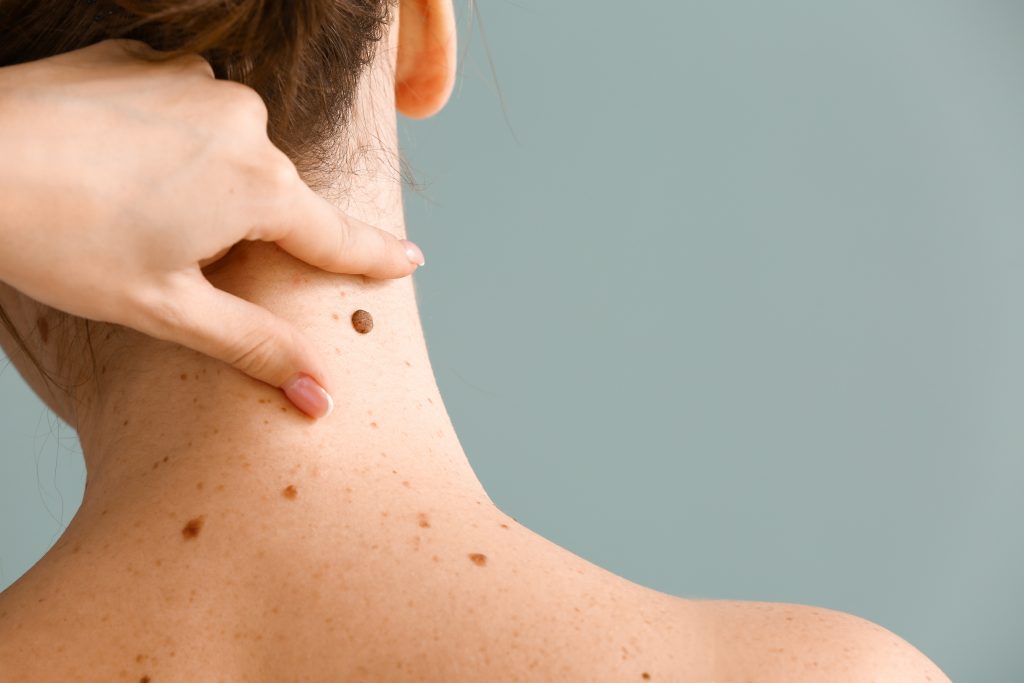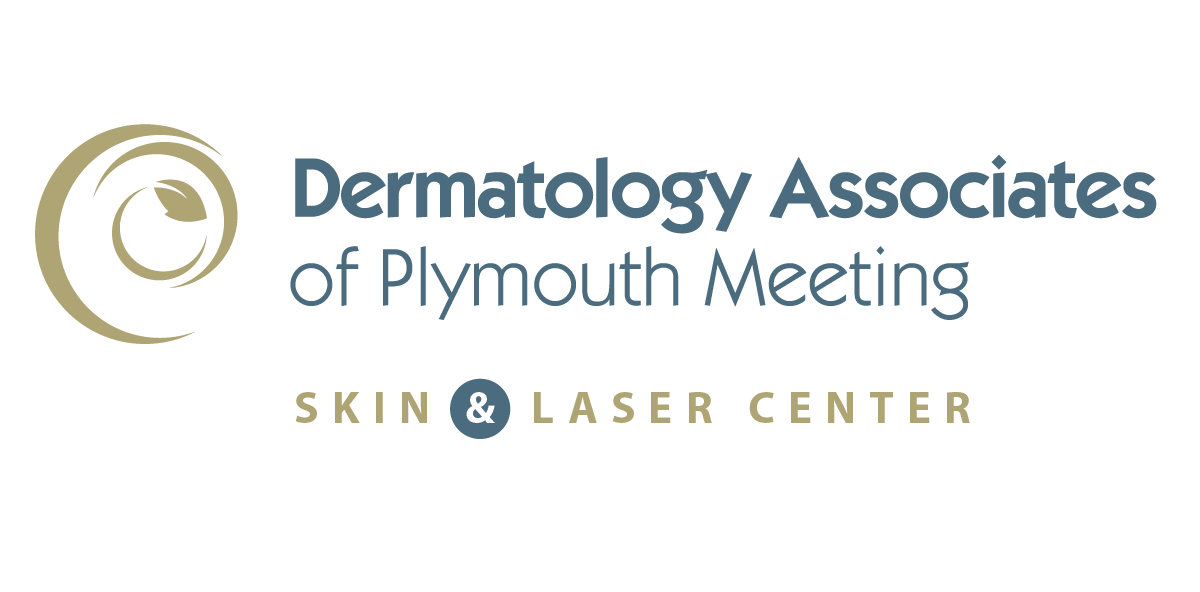The Difference Between Actinic Keratosis and Seborrheic Keratosis

Actinic keratoses and seborrheic keratoses are common skin lesions that can be similar in appearance. Learning to recognize their differences is important since one is non-cancerous, and the other is pre-cancerous and can develop into skin cancer. Your board-certified dermatologist at Dermatology Associates of Plymouth Meeting can positively identify which type of keratosis you may have, and they will advise you on appropriate treatments.
What is Actinic Keratosis?
Actinic keratosis is often caused by sun damage and results in scaly or crusty skin growths. They are commonly found on areas of the skin exposed to sunlight over long periods of time, such as the hands, forearms, shoulders, ears, lips, neck, and scalp. These scaly patches are pre-cancerous and can develop into skin cancer if left untreated. However, most cases usually cause no symptoms and rarely become cancerous. An actinic keratosis can appear in a variety of forms, including:
- A rough, dry or scaly patch of skin, usually less than an inch in diameter
- A hard surface resembling a wart
- A pink, red or brown colored patch of skin
- A slightly raised bump on the top layer of skin
- An itchy or burning area of skin
What is Seborrheic Keratosis?
Seborrheic keratoses are a common form of non-cancerous skin lesions that appear as you age. They are often brown or tan in color, similar to a mole, and form on the chest, head, back or neck. Seborrheic keratoses seldom develop into skin cancer. Seborrheic keratoses should not be mistaken for age spots or liver spots. They tend to be round or oval-shaped patches raised above the skin with a stuck-on appearance. Their texture can range from waxy to scaly.
How to Tell the Difference Between Actinic Keratosis and Seborrheic Keratosis
To evaluate which type of keratosis you have, it is best to see a dermatologist for an accurate diagnosis. Generally, if the keratosis is brown or tan in color, looks as if it has been stuck on the skin like a sticker and is round or oval, it is likely a seborrheic keratosis. On the other hand, actinic keratoses form into scaly, dry, crusty patches of skin called skin plaques. These patches or plaques often develop in clusters. These lesions are often easier to feel than see, as they are rough in texture and can be skin-colored. At times, actinic keratoses may also be red, tan, white or a combination of colors. They can bleed easily and may take longer to heal. In some cases, patches of actinic keratosis can be very sensitive, with a burning or itching sensation.
Schedule a consultation to achieve the healthiest skin of your life
Contact UsTreatment Options for Actinic Keratosis and Seborrheic Keratosis
Since actinic keratoses can develop into cancerous lesions, their treatment is important. Treatment options for actinic keratosis include:
- Liquid nitrogen (also known as freezing) is applied via a cotton swab or sprayed onto the actinic keratosis site, including some of the surrounding skin. It typically feels like an ice cube touching your skin for a few seconds.
- Topical creams such as 5% fluorouracil (Efudex) or imiquimod (Aldara) are applied to the actinic keratosis to block the growth of abnormal cells. Common side effects are pain, itching, burning, dryness, swelling or tenderness at the application site, which heals once the treatment is complete.
- Photodynamic therapy (PDT) involves applying a topical medication that is activated by light to kill cancer cells. PDT treatments can cause burning, tingling or prickling sensations during the first few minutes of treatment, but any discomfort usually subsides after a few hours.
- Electrodesiccation and curettage is a procedure in which your dermatologist scrapes the surface of the actinic keratosis with a curette (a spoon-shaped instrument) and cauterizes the area after successfully removing pre-cancerous tissue.
When treating seborrheic keratoses, dermatologists often do not recommend treatment. However, removal is an option if they catch on clothing or jewelry, or for cosmetic reasons. Seborrheic keratoses are typically removed using cryosurgery, curettage, electrocautery, laser ablation or topical treatments. Laser ablation uses lasers to destroy the lesion. Topical treatments are used to dissolve the affected skin cells. If there is a rapid development of numerous seborrheic keratoses, it could be a sign of internal malignancy that you should discuss with your dermatologist.
To schedule an appointment to have your actinic or seborrheic keratosis examined, call us today at 610-828-0400.
